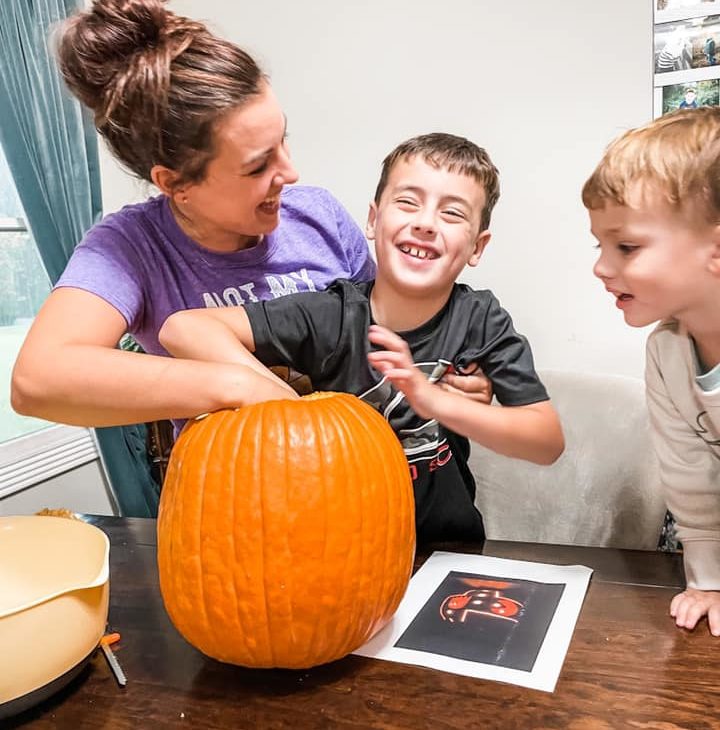Halloween Sensory Challenges

Sensory issues are something that plague a lot of the autistic community, and just like the non-autistic community it can be to varying degrees. Halloween can be a somewhat unique time for those with sensory processing issues. Fall fun places, Trick-or-Treating, Halloween parties, or however you like to pass the fall time fun, they all come with new and different stimuli that can affect our sensory avoiding friends. Sometimes you can use this time to try some activities to help practice issues with sensory items, but it can also be a time to recognize and attempt to avoid a meltdown. Here are some highlights on how you can push your kiddos to try some new sensory inputs, and some alternatives to help them still participate without causing a sensory overload:

- Halloween Sensory Bins
For those of you who are not familiar with “sensory bins” I would suggest you open up your Pinterest page and search because they can be really great for kids like mine who tend to avoid unfamiliar textures. Sensory bins are a fun and inviting way to help kids explore new textures and also help them overcome their fears. You may sometimes run into what I would consider “naturally occurring sensory bins” when you are out and about at fall activities; like a hay mound, or a corn box made for children. You could also make your own Halloween sensory bins at home. Sensory bins can be used any time of the year, but something about Halloween just adds another layer to touching things, especially if they are gooey! Making it fun, or a type of game, is a great way to push those sensory limits a bit this season.

- Pumpkin Carving or Painting
Getting our hands dirty has never been a fan favorite with the boys in my house. So, touching paint, or the insides of pumpkins, is always a push. Painting can definitely be a lot of fun, but our house generally goes the pumpkin carving route. During our pumpkin carving time, it is a requirement at our house that everyone MUST touch the inside of the pumpkin at least once. It can be quick! Pro Tip: If you laugh while doing it, they will normally laugh too and they will think it is actually fun! Laughter really can be the best medicine sometimes.

- Halloween Costumes
Clothing can be a tough one for many kids on the spectrum. We are fortunate that Damion does not have a problem with most clothes overall. Damion’s biggest sensory issue with costumes is anything that would be on or around his face. We learned early on that any costume that required a Halloween mask or face paint were a strict “no go” for us, and it is not a battle we have chosen to fight. It honestly took us quite a few years to even get him to wear costumes that went over his ears without him continuing to take it off. So, we have to be a little picky about what costume we get him. If your child does have bigger overall issues with clothes or material types and you want them to try a costume, I would recommend getting some type of undershirt and pants that is a material they like and they could try and wear under it. Assuming they don’t get too hot (we live in Ohio so doubling up layers for trick or treat is pretty much a must anyway for us), it can be a helpful trick. If that doesn’t work, you could try more regular clothes that look like a costume, like a character coat or something along those lines. If even that won’t work for you, try dressing up the stuff around them. Let them hold some costume accessories (like a wand or sword), or dress up their stroller or cart. There are lots of options to help them participate in a way that will not push them into a sensory overload. Another quick note, many people are familiar with the blue pumpkin pail (supposed to show your child has autism), so if you think this may help others be more kind you can pick one of these up ahead of time as well for your trick-or-treater.
Hopefully this helps give you some ideas to finish out and to fill your last few days of October with fun sensory activities. The more we practice and push those sensory challenges with our kids, the better they become, but just like with everything else, knowing to not push too much or to pick your battles can be important on the sensory front too. Yes, we are aiming for progress, but for Halloween we are also aiming for it to be fun. Happy Halloween Everyone!




